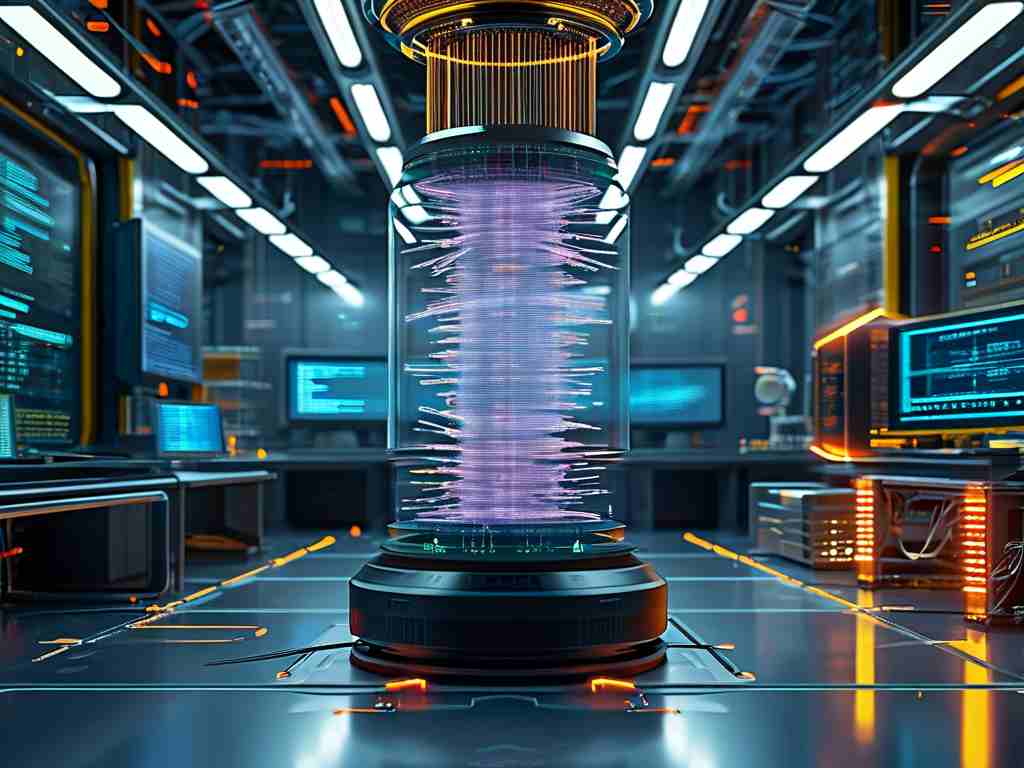The 2023 System Architect Certification Exam has once again set a high bar for professionals aspiring to validate their expertise in designing complex, scalable, and secure systems. This year’s exam emphasized emerging trends in distributed systems, cloud-native architectures, and AI-driven infrastructure, reflecting the rapid evolution of technology in enterprise environments. In this article, we delve into the structure of the exam, analyze key topics, and explore strategies for success.
Exam Structure and Format
The 2023 exam retained its modular format, comprising three primary sections:
- System Design Principles (40%): Candidates were tested on foundational concepts such as modularity, scalability, fault tolerance, and trade-offs between consistency, availability, and partition tolerance (CAP theorem).
- Emerging Technologies (35%): This section focused on cloud-native architectures (e.g., Kubernetes, serverless computing), edge computing, and integrating AI/ML pipelines into system design.
- Case Studies and Practical Scenarios (25%): Real-world problems required candidates to design systems under constraints, such as optimizing costs for a global e-commerce platform or securing a healthcare IoT network.
Notably, the exam introduced scenario-based questions involving ethical considerations in AI deployment, a first in its history. This shift underscores the growing importance of responsible innovation in system architecture.

Key Trends Observed in 2023
- Cloud-Native Dominance: Over 60% of the questions referenced cloud platforms (AWS, Azure, GCP). A standout problem asked candidates to design a multi-region serverless application with automated failover, highlighting the industry’s reliance on resilient cloud infrastructures.
- AI/ML Integration: Practical use cases, such as optimizing recommendation engines or deploying real-time fraud detection systems, tested candidates’ ability to balance computational efficiency with accuracy. One question required designing a pipeline for training and deploying models across hybrid cloud environments.
- Security as a Core Pillar: With rising cyber threats, the exam emphasized zero-trust architectures, encryption-in-transit strategies, and compliance frameworks like GDPR. A complex case study involved securing a financial services API gateway against DDoS and injection attacks.
- Sustainability Considerations: For the first time, candidates were asked to evaluate the carbon footprint of their architectural choices, reflecting the tech industry’s push toward environmentally conscious design.
Challenges and Common Pitfalls
Many test-takers reported difficulties in the following areas:
- Time Management: The case study section demanded rapid prioritization of requirements. For instance, one scenario required balancing low-latency demands with budget constraints for a video streaming service.
- Interdisciplinary Knowledge: Questions often blended software architecture with DevOps practices (e.g., CI/CD pipelines) and data engineering (e.g., designing real-time analytics dashboards).
- Ethical Dilemmas: A question on bias mitigation in AI hiring tools forced candidates to reconcile technical solutions with ethical frameworks, a skill not traditionally emphasized in prior exams.
Preparation Strategies for Future Candidates
- Master Cloud Architectures: Deepen hands-on experience with tools like Terraform for infrastructure-as-code (IaC) and Kubernetes for orchestration. Platforms like AWS Solutions Architect Labs offer practical scenarios.
- Practice Scenario-Based Design: Use platforms such as ByteByteGo or Educative to simulate timed case studies. Focus on articulating trade-offs clearly—e.g., choosing between eventual consistency and strong consistency for a social media feed.
- Stay Updated on AI Ethics: Resources like the IEEE’s Ethically Aligned Design provide frameworks for addressing bias, transparency, and accountability in system design.
- Join Study Groups: Collaborate with peers to critique each other’s architectures. For example, a peer review of a microservices-based inventory management system can reveal overlooked latency issues.
The 2023 System Architect Certification Exam highlights the profession’s dynamic nature, where technical prowess must coexist with ethical awareness and sustainability mindfulness. As technologies like quantum computing and 5G edge networks mature, future exams will likely incorporate even more interdisciplinary challenges. For aspiring architects, continuous learning and adaptive problem-solving remain the keys to success.

By dissecting this year’s trends, candidates can better align their preparation with industry demands, ensuring they not only pass the exam but also excel in real-world system design roles.


